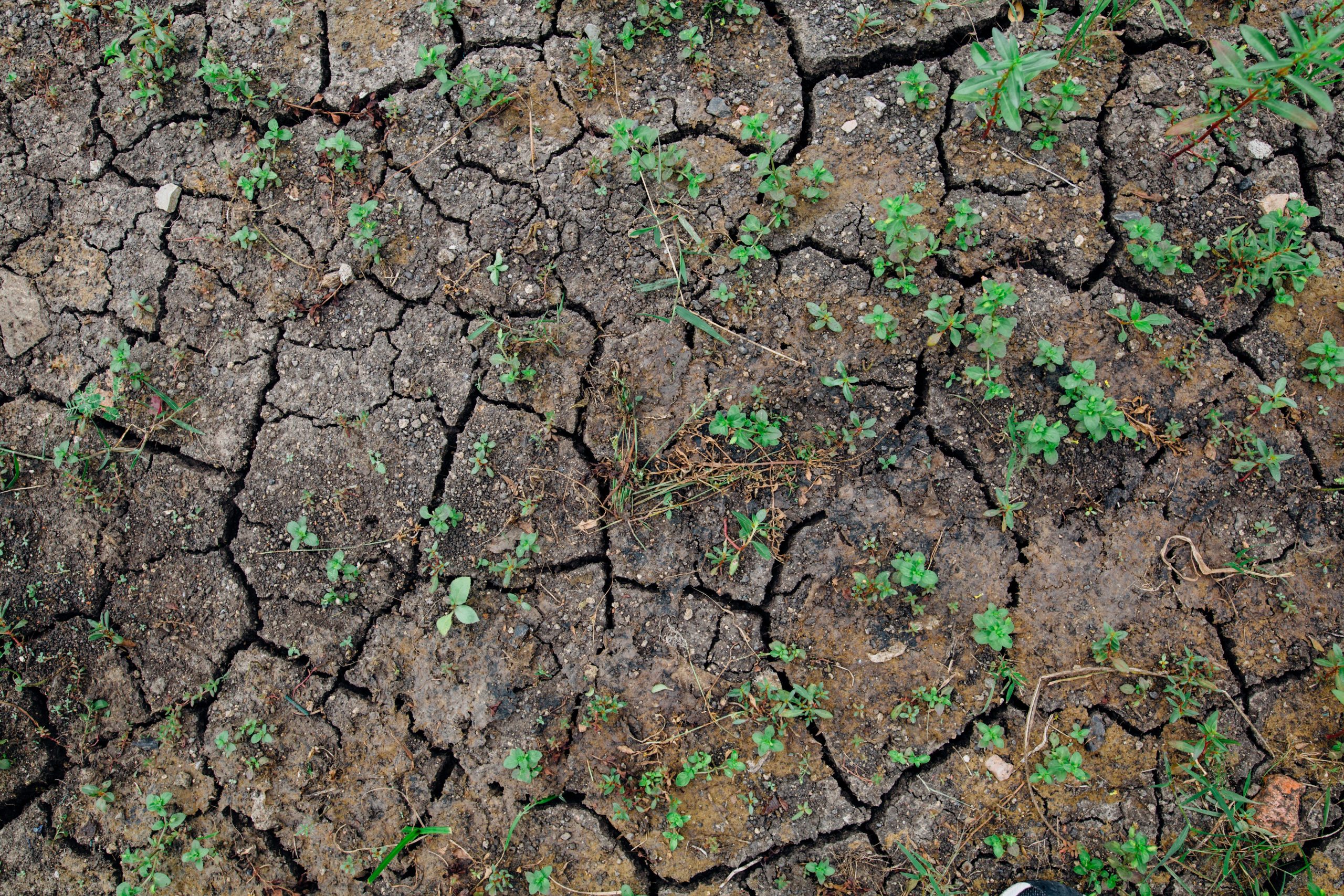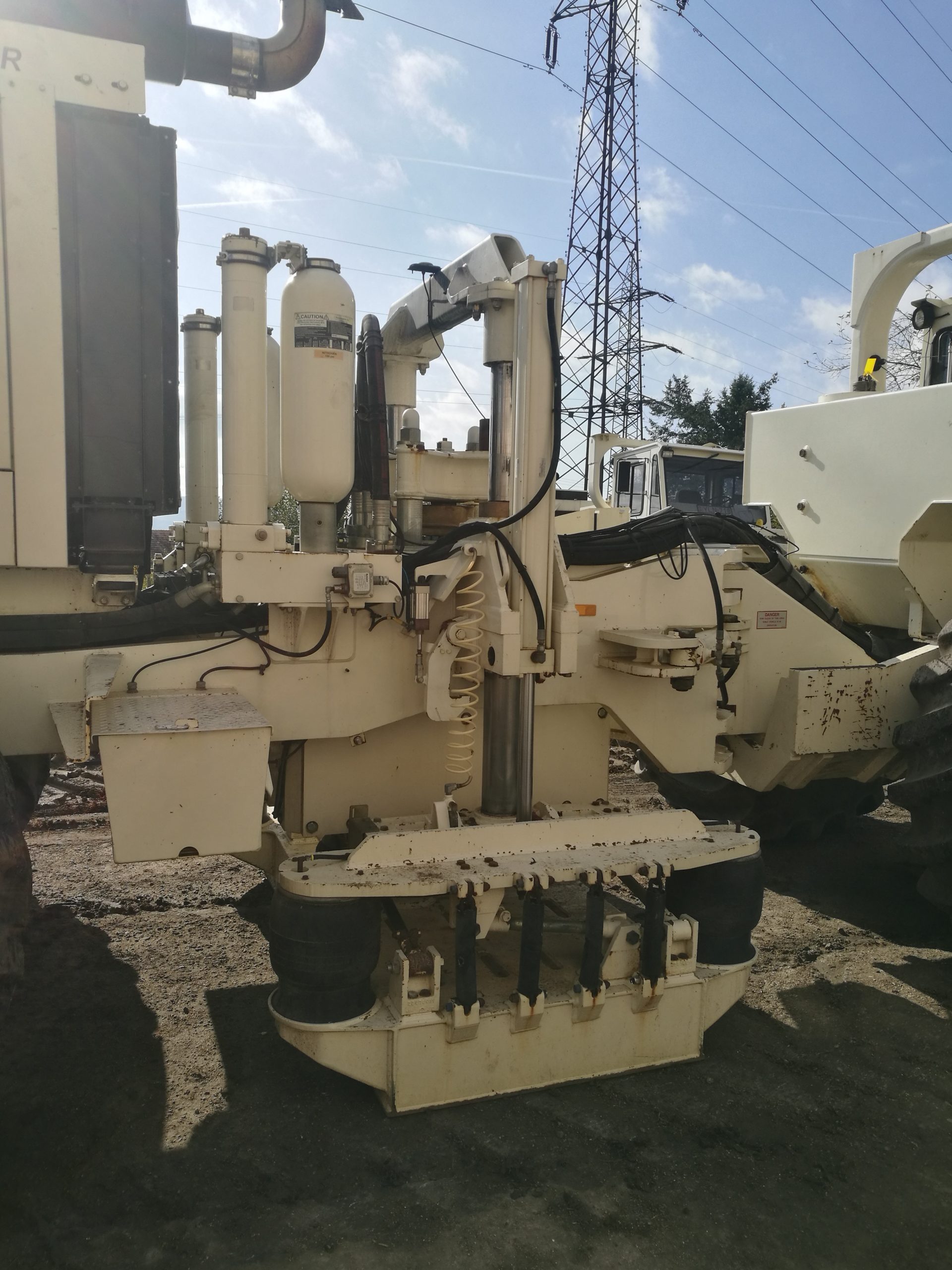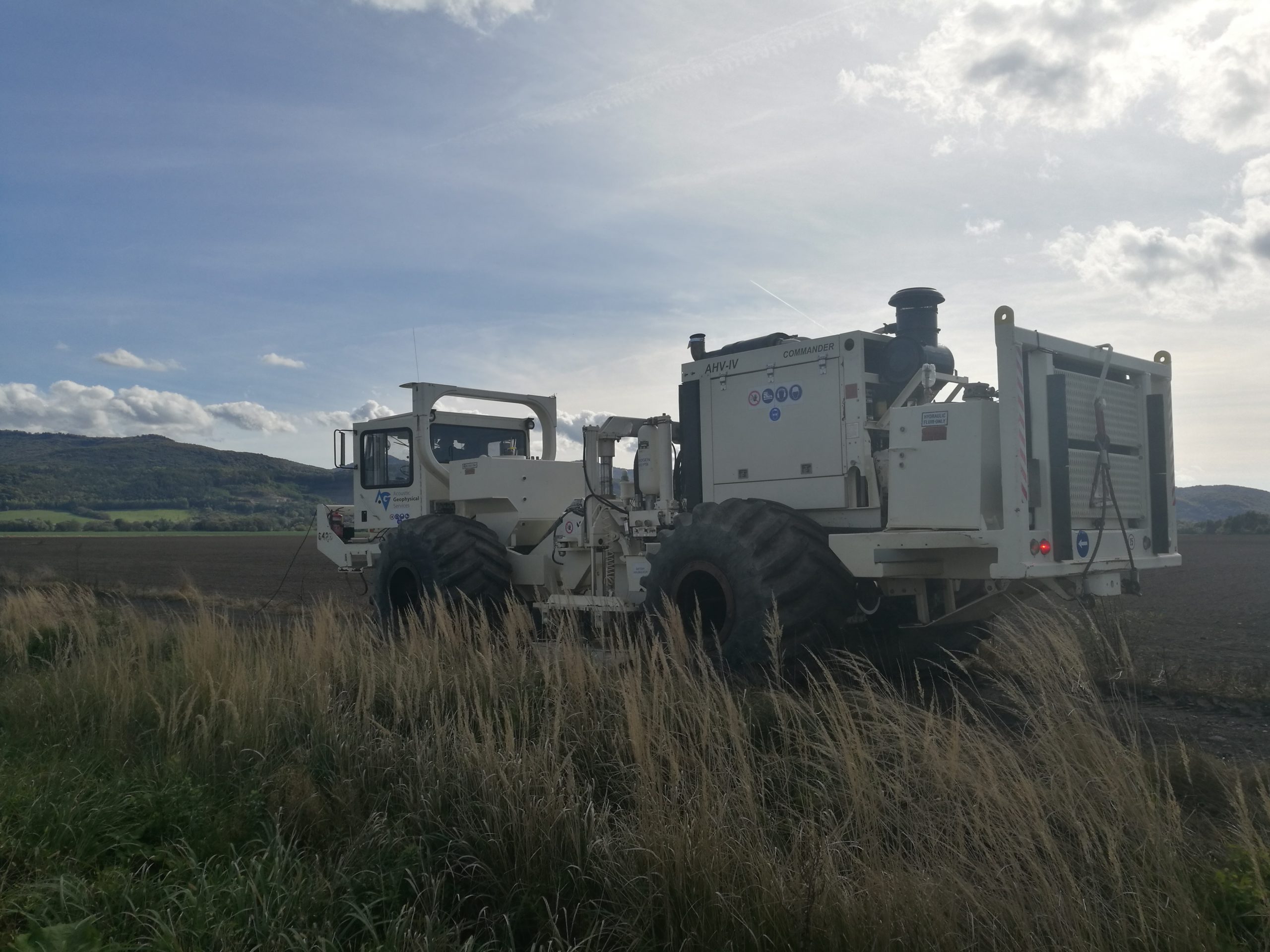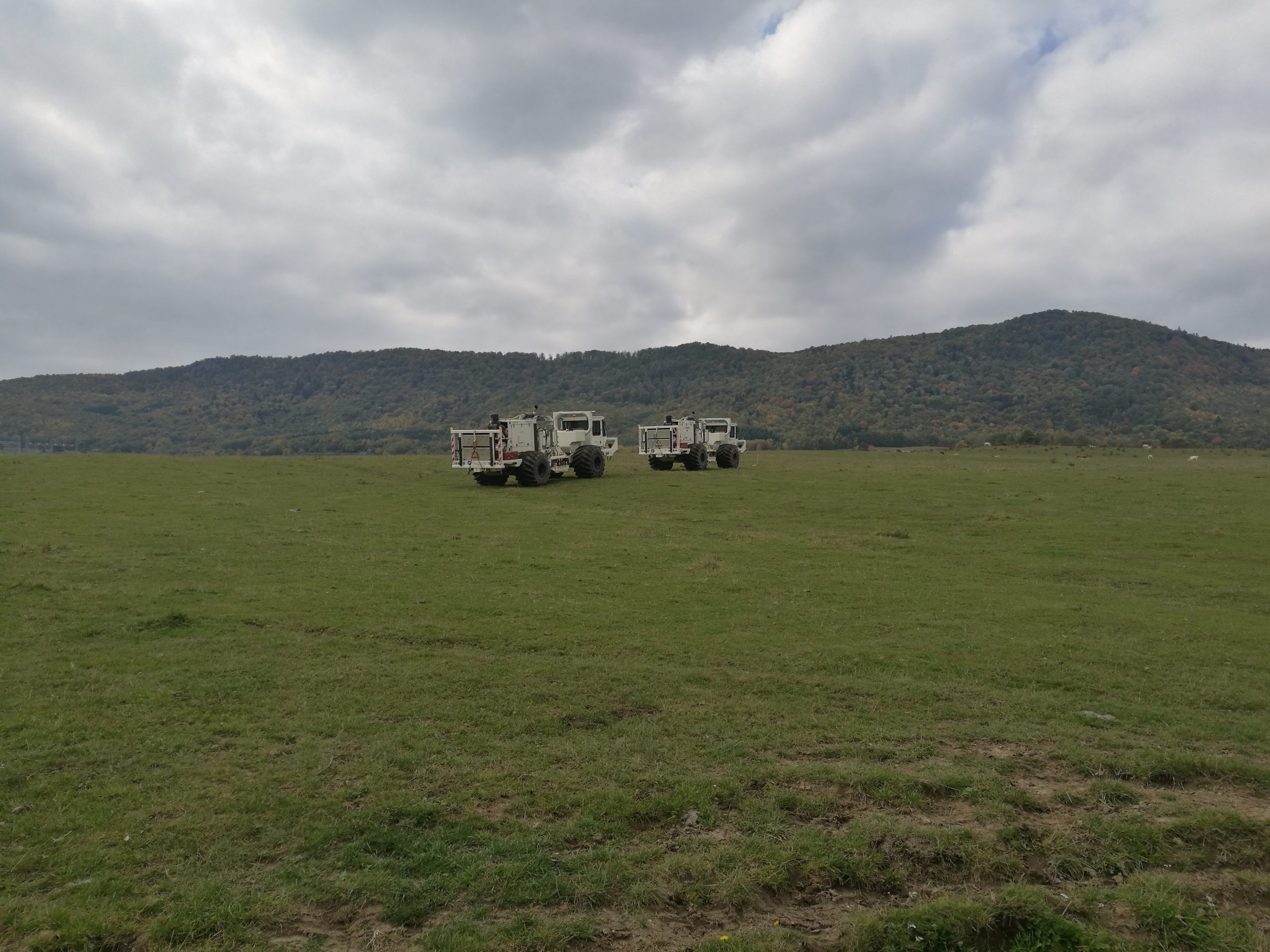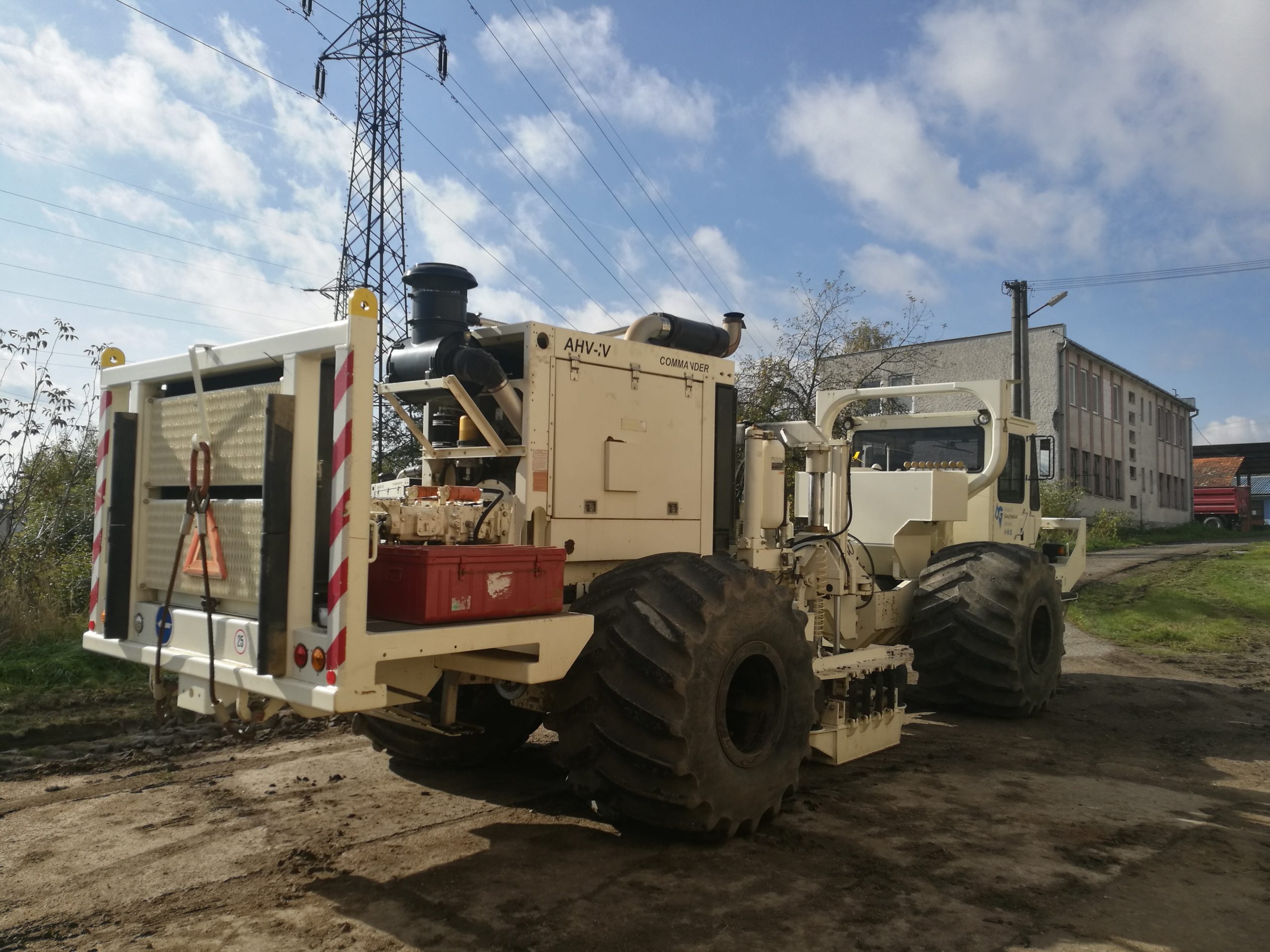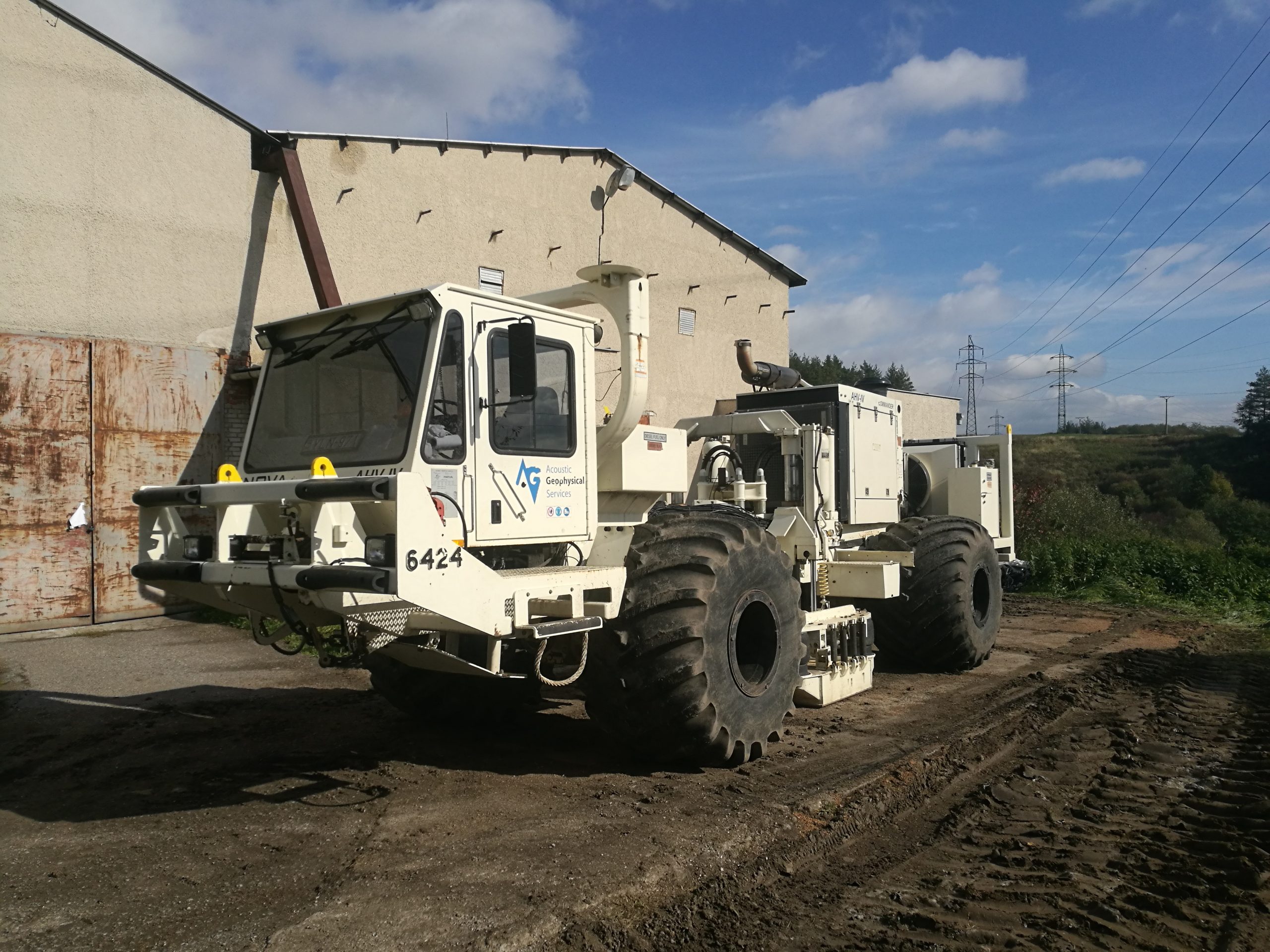
Electricity and heat production
- Area: 61,84 square kilometres
- Potential capacity: 250 MWt, equivalent to 20 MWe
We plan to utilize the energy potential of this geothermal resource for electricity generation, and the residual heat for the supply to the surrounding district heating systems and for hot water production.

Electricity and heat production
- Area: 58,97 square kilometres
- Potential capacity: 250 MWt, equivalent to 20 MWe
We plan to utilize the energy potential of this geothermal resource for electricity generation, and the residual heat for the supply to the surrounding district heating systems and for hot water production.
